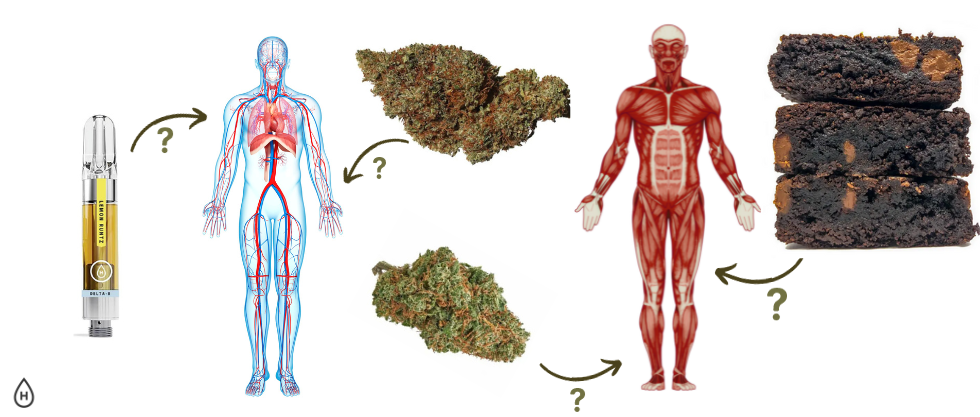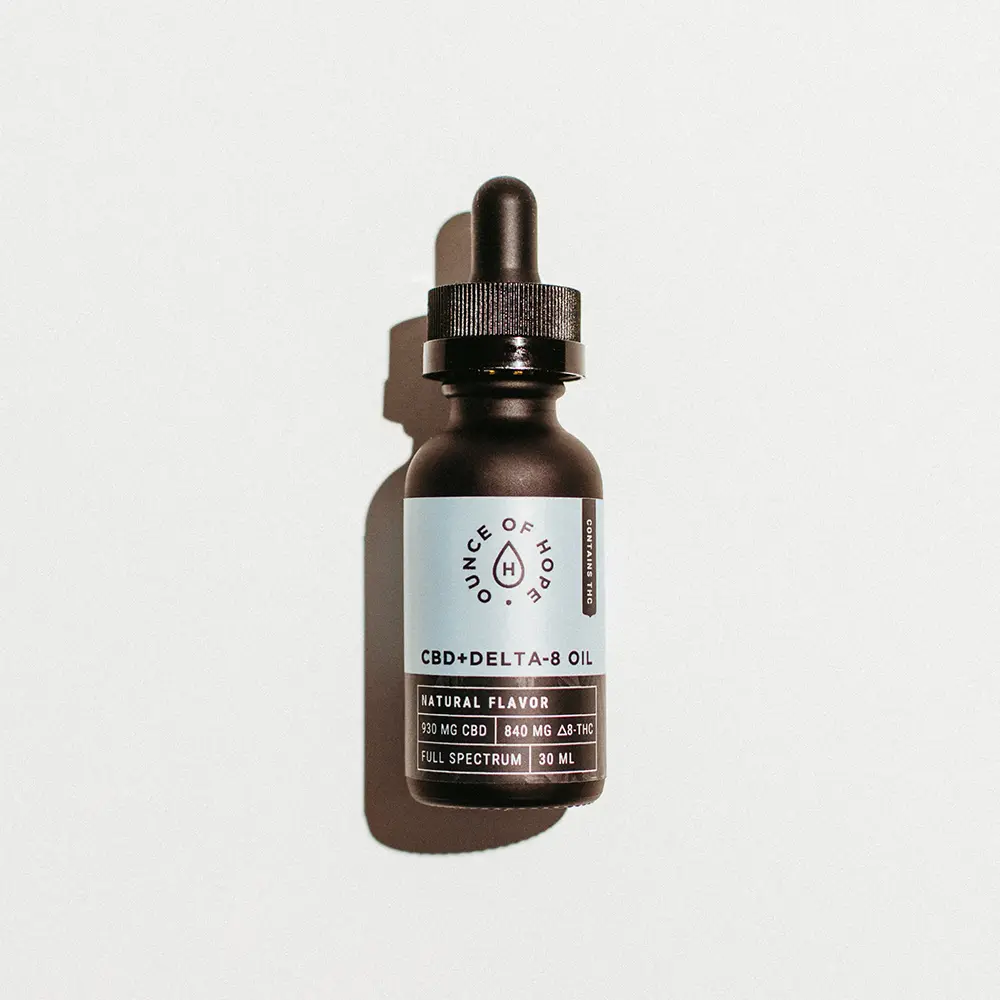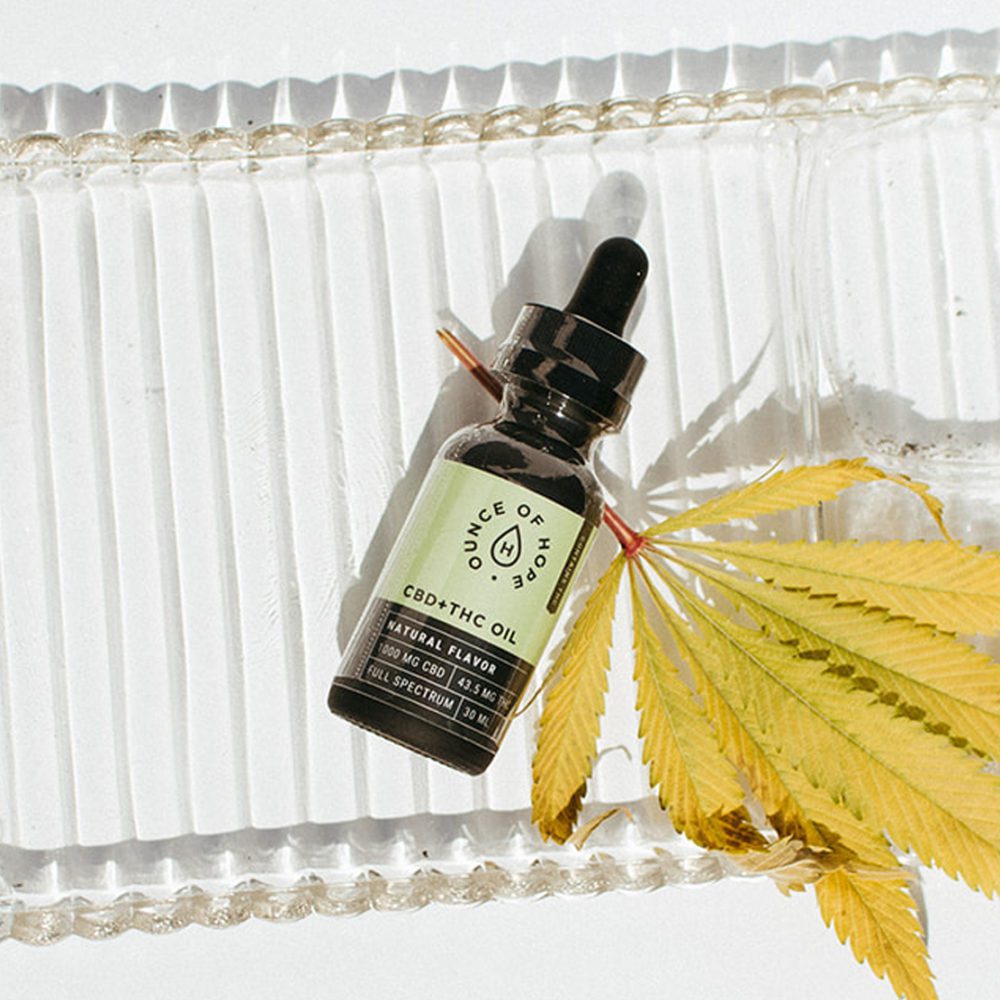If you’re here, chances are you’re already familiar with THC or CBD to some capacity. The effects of these hemp compounds, AKA cannabinoids, are a hot topic nowadays. But what might not be so readily understood is how these compounds do what they do. Our guide aims to show you how hemp works in the body through our handy endocannabinoid system.
Let’s dive into the endocannabinoid system (ECS) to understand it better. Like our respiratory and circulatory systems, the ECS is an important part of the human body. It may also be the system most unfamiliar to most consumers. Our goal is to uncover everything you need to know about this system, including how it relates to cannabis.
How Hemp Works in the Body
To understand how hemp works in the body, we must begin by exploring the bodily system with which hemp interacts. Let’s start by outlining what the ECS is (and who has one).
So – Who has an Endocannabinoid System?
In short, everyone has an ECS.
Everything from reptiles and birds to mussels and sea urchins has an endocannabinoid system.
However, not every creature’s ECS functions the same way. While the bodily system serves the same basic purpose, it doesn’t react the same way in each different creature. It’s why, for example, THC can be toxic to cats but is an enjoyable intoxicant for humans.
What is the Endocannabinoid System?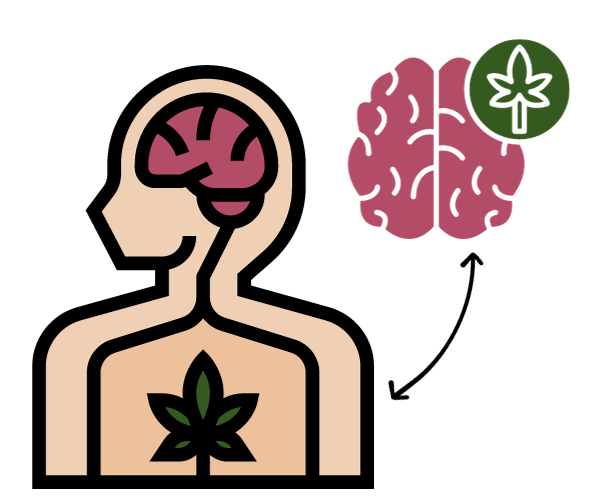
The human body (like many other creatures) runs on a series of chemical reactions and signals. Our ECS is the system that links all these reactions together.
The ECS comprises a vast network of receptors and chemical signals across the body. Everything from your brain to the tips of your toes is a part of this densely packed and vast system!
Our ECS naturally produces endocannabinoids within our bodies, which we have receptors for. These receptors are all across our bodies, with the ones in our brains interpreting chemical signals.
The two types of receptors are CB1 and CB2, which serve two distinct purposes. Together, these receptors handle a wide array of important day-to-day functions within the body. All creatures’ ECS are present to help the body maintain balance, AKA homeostasis.
What Does the Endocannabinoid System Do?
As we said above, the ECS helps the body maintain balance – AKA homeostasis. Both the CB1 and CB2 receptors serve specific purposes, but they work together to help the body function properly. Let’s look at what makes each type of CB receptor important.
CB1 Receptors
CB1 receptors can be found throughout the nervous system. These receptors sit all along the sections of the nerve that communicate with other nerves. When these receptors are activated, they inhibit the release of neurotransmitters.
The interaction these receptors have with each other is part of the reasons researchers believe that cannabis can help by producing anticonvulsant effects.
CB1 receptors are found in notably high levels in the hippocampus, basal ganglia, cerebellum, and last but not least, the brainstem. But just because those locations have very high levels of CB1 receptors, it doesn’t mean other areas are lacking.
These same receptors are found throughout the body and can be located in everything from your eyes to your spleen. This is why compounds that affect your Endocannabinoid system can usually be felt across your entire body in one form or another.
CB2 Receptors
Unlike CB1 receptors, CB2 receptors are found almost exclusively in the immune system. Current research suggests CB2 receptors play a major role in helping regulate immune system responses, like inflammation.
CB2 receptors are more evenly distributed throughout the body compared to CB1 receptors. This makes sense, considering immune system responses happen in areas of the body relevant to wherever the issue happens.
If you receive a leg injury, for example, the swelling is localized to that leg instead of your arms or head. Thus, the CB2 receptors have a job.
What are Hemp Compounds?
Hemp compounds are chemical compounds found growing inside hemp plants.
There are over 120 compounds found within the cannabis plant. Some are in amounts so small they’re hard to measure. These compounds are known as cannabinoids. While we may not understand all of their uses, we do understand the two most abundant cannabinoids the most.
Many cannabinoid compounds are found in both traditional cannabis and hemp. Some cannabis houses delta-9 THC in more abundance, formerly referred to as marijuana. Delta-9 THC causes psychoactive effects in the human body.
Hemp, on the other hand, must legally contain 0.3% delta-9 THC or less by dry weight. It’s often instead rich in CBD, a non-psychoactive cannabinoid. Even though CBD doesn’t intoxicate, it may still interact with our endocannabinoid system.
But what do these compounds do inside the human body? How does our endocannabinoid system interact with CBD, THC, and more?
How Do Hemp Compounds Interact with the Endocannabinoid System?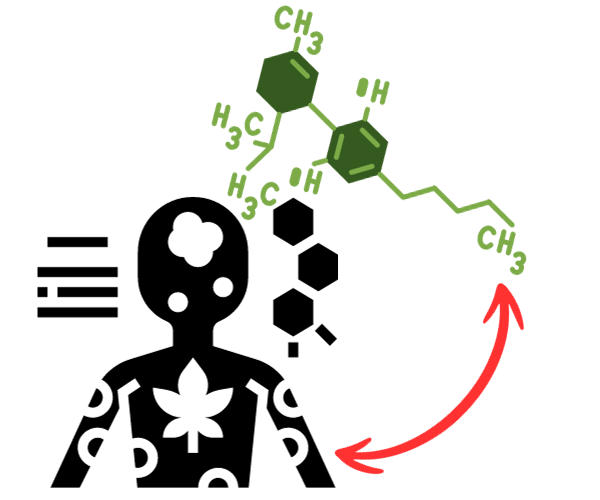
Research on cannabinoids and other hemp compounds is still young. However, there are over 400 chemical entities in cannabis. And at least 60 of those are cannabinoids.
Of those 60 cannabinoids, we know the most about the two major ones: CBD and THC.
Above, we mention the ECS is split into two major groups of receptors: CB1 and CB2. These receptors interact uniquely with different cannabis compounds. They’re also more receptive to some more than others – but why?
In short, experts aren’t yet sure how CBD interacts with our endocannabinoid system. What we do know so far is that CBD doesn’t bind to either of our receptors. However, THC does.
Instead, CBD may prevent the endocannabinoids our body naturally produces from being broken down. That would allow our endocannabinoids to have more of an impact on our body for longer.
Wrapping Up
Either way, research suggests hemp compounds may help with certain conditions, in part thanks to THC, CBD, or a combination. It does so because of how hemp works in the body. In different ways, the two cannabinoids may potentially help with pain, nausea, and several other symptoms.
And we’ve seen it in action ourselves. It’s one of the many reasons we’re proud to sell CBD, delta-8 THC, and delta-9 THC products.
We can look at our bestsellers as great examples of how hemp interacts with the body. Our CBD softgels with a serving of CBN and melatonin help many loyal shoppers get a better night’s sleep. And our delta-8 gummies and delta-9 gummies are both top-of-class in their category.
So, if you’re curious about how hemp might enhance your daily life, consider exploring Ounce of Hope’s range of products. You never know where your journey to wellness and balance may take you.
